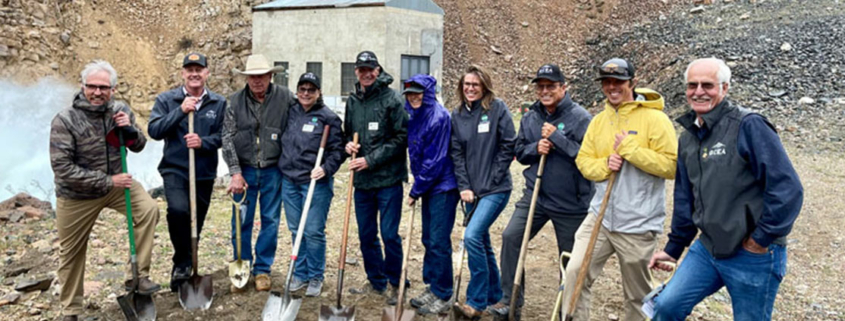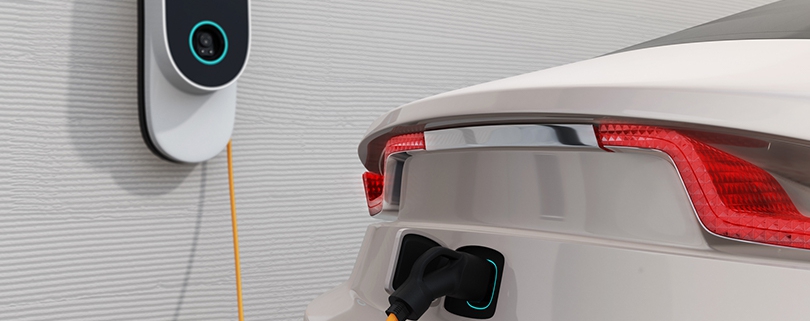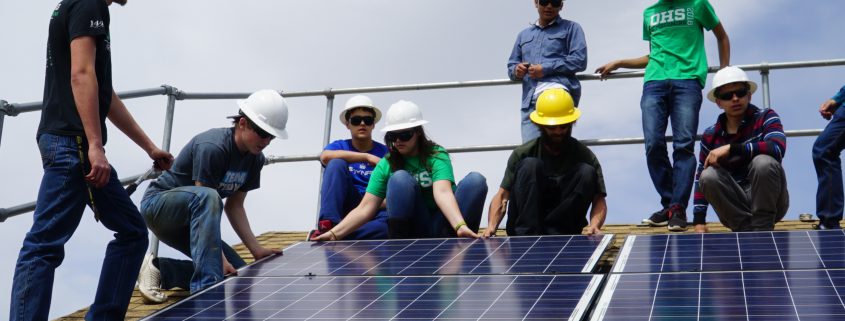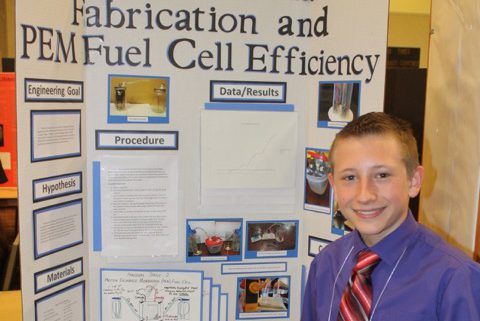GCEA Breaks Ground on New Hydroelectric Project
GCEA broke ground for the development of the Taylor River Hydropower plant at the base of the Taylor Park Dam on May 31. The hydropower facility’s nameplate capacity is 500 kilowatts, placing it within the “small hydro” scale. Small hydro powers local communities and contributes to a regional grid. According to GCEA Strategy Execution Specialist Matt Feier, this project could result in the production of 3.9 million kilowatt-hours each year, which is about the same amount of energy as 2,500-kilowatt fixed-tilt solar arrays. The plant will generate enough electricity to power approximately 475 GCEA-served homes every year. GCEA has been working to diversify its supply portfolio by adding environmentally friendly, sustainable resources that are in accordance with the terms and conditions with its wholesale power supplier, Tri-State Generation and Transmission Association. All energy generated at this hydroelectric facility will be distributed to members of GCEA members, making this an exciting new development for the community.
GCEA partnered with the Uncompaghre Valley Water Users Association to bring this project to life, a venture that has been several years in the making. GCEA and UVWUA signed a Memorandum of Understanding in 2020 to form a jointly owned entity called Taylor River Hydro LLC to develop, own, and operate the plant. The Taylor Park Dam was originally built to accommodate a hydroelectric generation facility when it was constructed in 1937, though one has never been implemented until now. The dam is owned by the United States Bureau of Reclamation and is operated by the UVWUA; maintenance and operation responsibilities will be handled by GCEA. The hydroelectric facility is expected to operate at full capacity 24 hours per day, 7 days a week, 365 days per year, not including occasional downtime for maintenance and repairs. The Taylor River Hydropower project was originally slated to be finished in late 2023, but now has an expected completion date of mid-February 2024.
–
Colorado’s electric cooperatives are committed to maintaining reliability and affordable electricity across the state. Click here for more examples of how we are maintaining reliability and affordable electricity

 GCEA 2023
GCEA 2023






